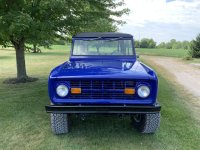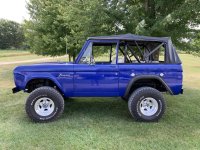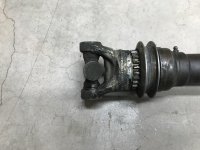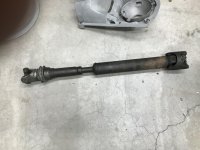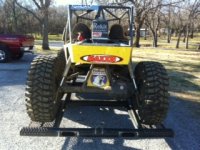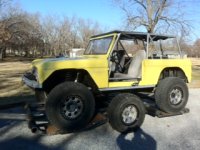blknblu69v
Jr. Member
- Joined
- Jul 5, 2012
- Messages
- 65
The family and I like to camp in our motorhome and would like to flat tow a vehicle. I have flat towed my 69' Bronco but I stopped after wearing out u-joints in the rear drive shaft. I also wonder if dragging it at 60-70 mph might not be good for the rear end or the entire truck?
Am I wrong? Is there any other options for flat towing my Bronco? We love our Bronco and would love to have it with us on vacations.
I've also thought of building a custom trailer - something shorter and lighter but I would still have to find a parking spot for the trailer when camping (as well as at home) and the loading and unloading pain.
What are others doing?
Thanks!
Am I wrong? Is there any other options for flat towing my Bronco? We love our Bronco and would love to have it with us on vacations.
I've also thought of building a custom trailer - something shorter and lighter but I would still have to find a parking spot for the trailer when camping (as well as at home) and the loading and unloading pain.
What are others doing?
Thanks!











